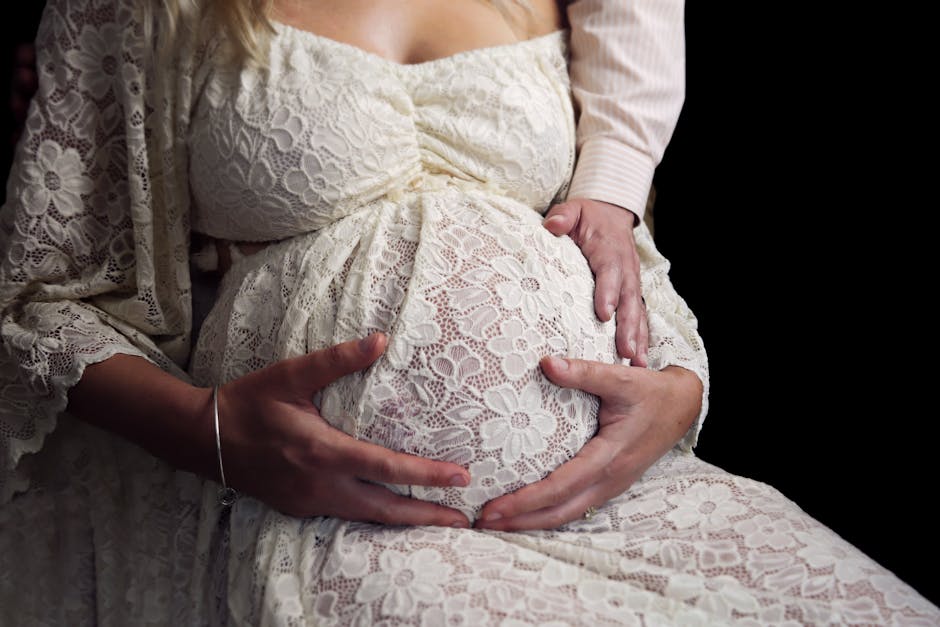In a time of global economic uncertainty, a figure from the UK is making headlines: Britain’s Royal Family is set to receive £132.1 million (over ₹1,380 crores) in public funding this year. This staggering amount prompts a crucial question: who actually pays for the monarchy?
The answer isn’t a simple transaction from the taxpayer to the King. The funding is managed through a complex system, with the Sovereign Grant at its core.
What is the Sovereign Grant?
The Sovereign Grant is the official funding mechanism for the monarchy’s duties. It covers essential costs like staff salaries, official travel, IT, and the maintenance of Royal properties. A large portion of this year’s grant is allocated to the decade-long, multi-million-pound renovation of Buckingham Palace.
But where does this money come from? It originates from an entity known as the Crown Estate.
The Crown Estate: The Monarchy’s Golden Goose
The Crown Estate is not the private property of the King but an independent commercial property business with a portfolio valued at over £16 billion. It owns prime London real estate like Regent Street, vast agricultural lands, forests, and nearly the entire UK seabed.
Under a deal established in 1760 by King George III, the monarch surrenders all profits from the Crown Estate to the UK Treasury. In return, the Royal Family receives a percentage of those profits (typically 15-25%) back as the Sovereign Grant two years later.
Supporters of the monarchy argue this is a fantastic deal for the country. Last year, the Crown Estate generated a record profit of over £442 million, all of which went to the Treasury for public spending. From this perspective, the Royals are simply receiving a portion of the income from a portfolio that is historically theirs.
So, Do British Taxpayers Fund the Monarchy?
This is the central point of debate. Opponents argue that while the funding isn’t a direct tax, it represents an opportunity cost. The money from the Crown Estate enters the same government funds as all other tax revenue.
If the Sovereign Grant didn’t exist, the Treasury would have an additional £132.1 million to spend on public services like schools, hospitals, or infrastructure. Therefore, it is indirectly public money that is diverted to fund the Royal Family.
What About Their Private Income? The Duchies Explained
The Sovereign Grant is not the Royal Family‘s only source of income. The monarch and the heir have significant private wealth derived from two historic estates:
- The Duchy of Lancaster: A private estate of land and assets that provides a private income for the reigning monarch, King Charles III.
- The Duchy of Cornwall: A similar private estate that funds the Prince of Wales, currently Prince William.
While both the King and Prince of Wales voluntarily pay income tax on these earnings, this wealth is entirely separate from the publicly debated Sovereign Grant.
The Verdict: A System of Tradition and Debate
For observers in nations like India, which abolished its own system of princely privileges decades ago, the British model is a fascinating mix of history and modern finance.
So, who pays for the British monarchy? The answer is a system. A centuries-old property empire generates revenue that is funnelled through the public treasury, with the British taxpayer serving as the middleman in a continuous debate about tradition, value, and national identity.




